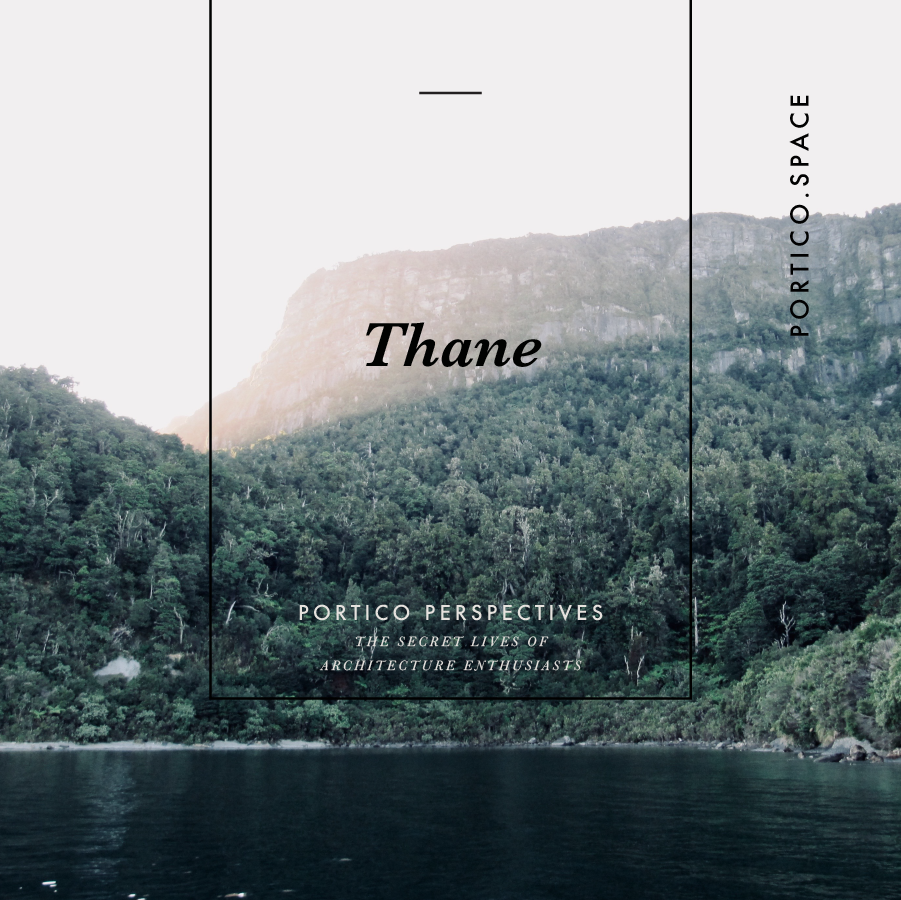NEXT STEPS INTO PRACTICE | 5 WAYS TO FIND YOUR FIRST JOB
How do you get a job in architecture?
How do you get a job if you've got no previous work experience to put on your CV? How do you approach a firm? How do you find work in a new country?
It is both as hard as it seems, and much, much simpler than it seems. It takes a little courage, and perhaps also a reminder that people are making these connections every minute of every day. In this article, I am going to break down what, in my experience, are the five key ways that people get jobs in the architecture industry - from their first job and beyond.
The cold call
The internship
Answer an advertisement
Use a recruitment agency
Use your network
And then, if none of those suit or click for you, you can use your design skills to make a job!
1. THE COLD CALL
There are three main ways to make a cold call: on the phone, in person, or via email.
The most common is on the phone - it allows you to make a more personal connection than via email, but it you wont be making assumptions that someone has time to drop what they are doing when you turn up on their door step.
At the same time, remember that the ringing phone has probably interrupted someone from some serious design thinking, so be kind to them and considerate of their time.
When making a call, you want to quickly and thoughtfully:
introduce yourself, including your background;
explain why you are ringing (to discuss opportunities at the practice, to see how your skills in XYZ might help the practice); and then
agree on a follow up or next step - and make sure theres a next step for you to take. Dont hang up and then realise that the next step is for you to wait for weeks or months for them to get back to you.
You don't want to turn the phone call into an interview, or spend a long time describing yourself. It's not rude to be to the point, it's professional.
There's no way around it, the cold call takes guts. You've got to be make sure you get the right ear, at the right time, and that you have the right words prepared. But, it can also been one of the most effective ways to be heard.
So, just be yourself, and go for it.
2. THE INTERNSHIP
There's an age old adage about 'getting your foot in the door' and it's true: once you get a seat in an office you have the opportunity to make yourself indispensable, and to learn from skilled architects in exotic locations.
But with opportunity comes risk, and as so many students and graduates are keen to find roles within offices, unfortunately many offices are still operating in ways that devalue and exploit interns.
If you are interested in an internship, my suggestions before you go to far ahead are to:
Value your self and your work.
Know how to recognise the dangers, and if possible, find yourself a mentor or an ally who has been through this process.
Discuss remuneration and other benefits upfront, and know - for yourself - what your minimum is.
In some cultures and architectural systems across the world an internship is a right of passage, such as in Japan. In others, time in practice while you are still a student, which is usually unpaid, is included in course requirements at university.
3. ANSWER AN ADVERTISEMENT
Advertisements are great because they let you know that a firm has an opening in their team and is actively looking for the right candidate to fill that position. That means they will be open to enquiries, and interested in what you have to offer.
Don't think your skill set lines up against the requirements listed in the advert? Apply anyway. Women - you especially.
Look at it like this: the worst that can happen is that a practice you would be interested in working for ends up with your CV on file. The best thing that can happen (and I speak from experience here) is that you'll get the job.
Some great places to look for architecture-specific job advertisements globally are:
Global
World Architects (primarily German-speaking nations)
United Kingdom
New Zealand
United States
You can also find roles advertised on broader sites such as Seek (Aus and NZ), or Indeed.
4. USE A RECRUITMENT AGENCY
In my experience in architecture, using a recruitment agency doesn’t seem particularly common. Although, when I say that, I have been on the receiving end of calls from recruiters, wanting to discuss other available roles with me, and I have looked through CVs passed on to my firm by recruitment agencies.
Of course, in some countries it is more common than others, and in some situations this might suit you personally - for example if you have just landed in a new country and don’t know where to start. A recruitment agent will know the industry, match expectations, find opportunities you might not have seen, and give your application a boost.
That said, I believe there are two key things you should be aware of before using a recruitment agency:
be aware that some firms have a policy not to hire from recruitment agencies - so knowing the firms and type of work you are targeting is key;
be aware that you might have limited ability to present yourself - agencies often have a standard format that they will remould you into, and your creative CV and portfolio design might be sacrificed.
5. BUILD RELATIONSHIPS, CALL ON YOUR NETWORK
People, people, people.
Don't be afraid to tell people you're looking, to ask about their jobs, to maintain connections with your peers and build a broader network in architecture. Get involved in events, volunteering and advocacy work. Attend lectures and study groups. The more people you know, and who know you and your specific skills, the more advocates you will have for you to join a firm.
And if all of the above don't quite sound like you, or the process isn't working out, don't forget the wonderful advice of Gem Barton, who wrote a book of the same title:
“Don’t get a job, make a job.”




